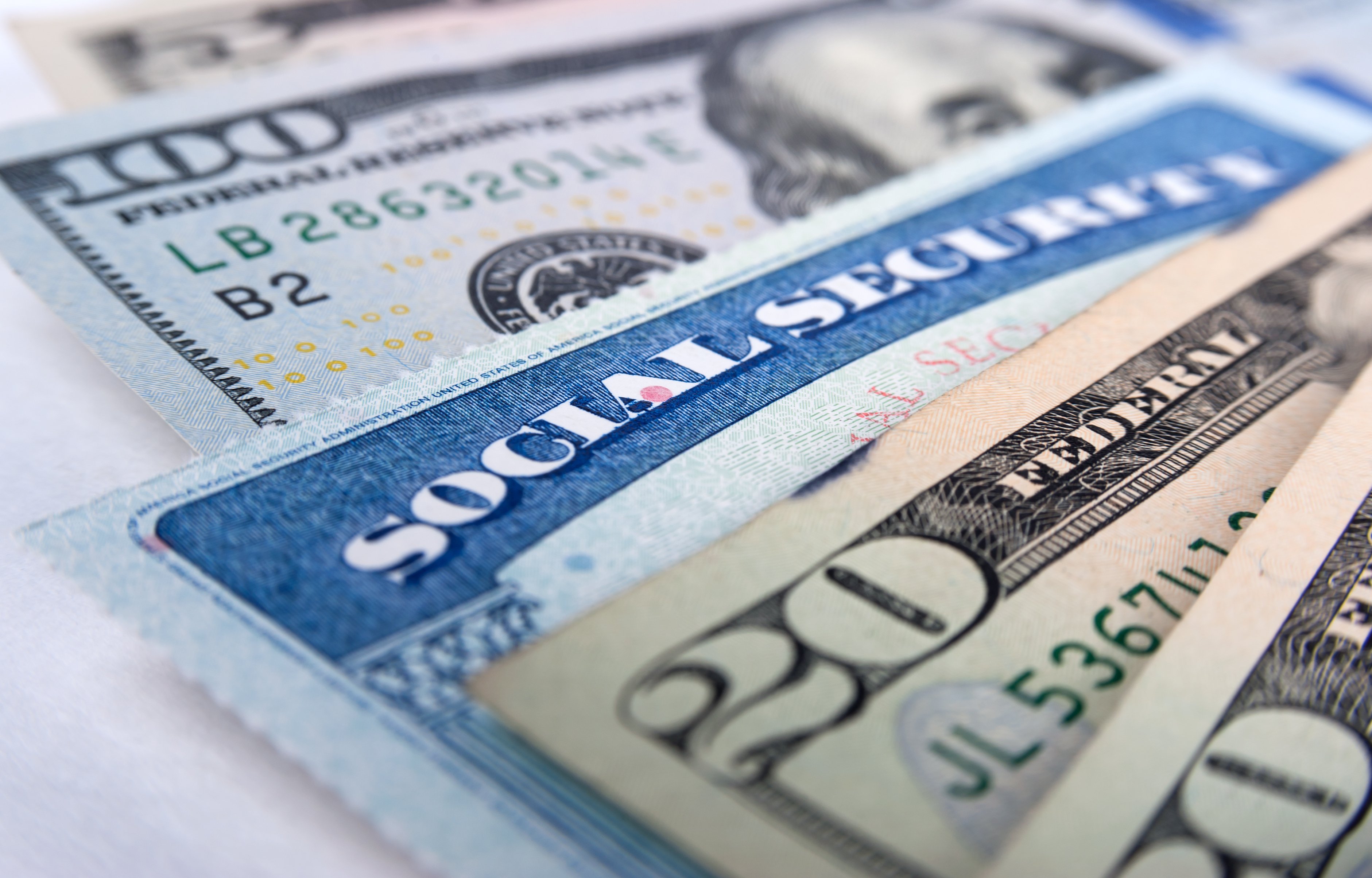If there's one thing you should know about retirement, it's that it can be an expensive prospect, and you'll need money to fund it. As such, you'll need to save diligently during your working years to avoid struggling down the line. So where should you put your retirement savings? You may have several options at your disposal, but here are three important accounts you should know about.
1. IRAs
Short for individual retirement account, an IRA is a retirement savings plan open to anyone who earns money. It's not tied to a specific employer like a 401(k).

Image source: Getty Images.
IRAs come in two main varieties: traditional and Roth. With the former, your contributions are made on a pre-tax basis, which means you get to save some money up front. Your money then gets to grow on a tax-deferred basis through retirement, at which point your withdrawals are taxed as ordinary income.
Roth IRAs work the opposite way -- contributions are made with after-tax dollars, so there's no immediate tax incentive for funding an account. That money, however, gets to grow on a tax-free basis, and withdrawals in retirement aren't subject to taxes. And while higher earners are barred from funding Roth IRAs directly, there is the option to save in a traditional IRA and then convert that account to a Roth after the fact.
This year, the annual contribution limit for both traditional and Roth IRAs is $6,000 for workers under 50, and $7,000 for those 50 and over. One benefit of saving in an IRA is that you tend to get a wider range of investment choices than you would with a 401(k). For example, your IRA might allow you to invest in individual stocks, whereas with a 401(k), you may be limited to funds only.
2. 401(k)s
A 401(k) is an employer-sponsored retirement plan. Like IRAs, 401(k)s come in the traditional and Roth variety, and the associated tax rules mostly follow suit.
There are two primary advantages to saving in a 401(k). First, these plans come with much higher contribution limits than IRAs. For the current year, the limit is $19,000 for workers under 50, and $25,000 for those 50 and over. The other main benefit of a 401(k) is that most employers who sponsor these plans also match employee contributions to varying degrees. For example, your company might match up to 3% of your salary, provided you contribute that much yourself. That's effectively free money for retirement right there.
The downside of 401(k)s is that they come with fees that can eat away at your returns. For example, the administrative fee for maintaining such a plan is usually passed on to the employees who participate in it. Furthermore, as mentioned earlier, your investment choices in a 401(k) may be more limited than what you'll see in an IRA. As such, you could end up paying higher investment fees on top of those unavoidable administrative fees.
3. HSAs
HSAs, or health savings accounts, are designed to target one specific expense associated with retirement: healthcare. To qualify for an HSA, you must be enrolled in a high-deductible health insurance plan, which is currently defined as one with an annual out-of-pocket deductible of $1,350 for single coverage, or $2,700 for family coverage.
For the current year, you can contribute up to $3,500 to an HSA as an individual, or up to $7,000 for a family. If you're 55 or older, you can also make an additional $1,000 catch-up contribution. And like 401(k)s, HSAs can be funded with employer dollars (which count toward the aforementioned limits).
Once your account is funded, you can invest your savings so that your money grows over time. The beauty of the HSA is that your money gets to go in tax-free, but also gets to grow tax-free. And as long as you use that cash to cover qualified medical expenses, withdrawals are tax-free as well. Speaking of which, you are allowed to access your HSA to cover healthcare expenses that pop up during your working years. But if you intentionally overfund your account so that you're able to carry a balance from year to year, you'll have an opportunity to amass some serious cash to cover healthcare in retirement.
Keep in mind that an HSA shouldn't take the place of an IRA or 401(k), since that money is supposed to be earmarked for healthcare purposes alone, and you'll need savings to cover the rest of the expenses associated with retirement. Rather, it's a good option to pursue in conjunction with an IRA or 401(k).
Securing your retirement
Though Social Security will provide some income for you in retirement, it's only designed to replace about 40% of your former income. Most seniors, however, need roughly twice that amount to live comfortably -- or even more, if they run into a lot of costly health issues. That's why it pays to maximize your savings during your working years, so if you're not already putting money away in at least one of the aforementioned accounts, it's time to do better -- immediately.





